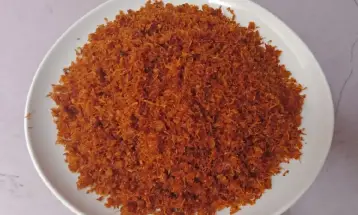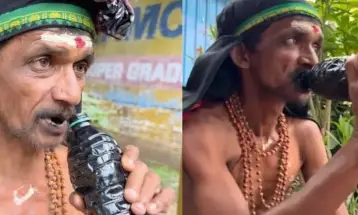Getting to Know the Traditional Houses of East Nusa Tenggara

Holiday Ayo - Musalaki's house is the name of a traditional house of East Nusa Tenggara (NTT) which can be recognized by the characteristic thatched roof.
This traditional house from NTT is the main traditional house which is also an icon of the NTT Province.
A philosophy that means knowledge of the nature of the occurrence of something is also found in traditional houses.
Each traditional house building has its own deep meaning to local residents. The name of the NTT traditional house, which is known as musalaki, has a simple deep philosophy, which means balance between humans with thick norms and values in it. No wonder this one house was inhabited by traditional leaders in the past.
In terms of the meaning of the name of the NTT traditional house, musalaki comes from the language of the Ende Lio tribe. Mosa means chief and man means custom. That is why the traditional leader lives in the house which is interpreted from the language of the Ende Lio tribe as the main residence of the tribal chiefs.
It turns out that the traditional house of NTT is not only limited to the famous Musalaki, there are several names of other buildings that are no less interesting to review. These houses have different functions according to their portions.
Mbaru Niang Traditional House
The number of tribes scattered in Indonesia is quite a lot, and the province of East Nusa Tenggara is no exception. The three main tribes, namely Mbojo, Sasak, and Sumbawa, are a small part of the ethnic diversity in it. Mbaru Niang's traditional house is one of them. This traditional house has also been included in the UNESCO Asia-Pacific cultural heritage since 2012.
We can find it only in the Wae Rebo area. This pyramid-shaped house with a thatched roof that narrows from the Manggarai traditional village area is very unique with five stages in the house.
Sao Ria Traditional House Tent Bewa Moni Koanara
The next type is the traditional house of NTT and the explanation is related to the traditional house of Sao Ria Tena Bewa Moni Koanara. You can find it in Konara Kelimutu Village, NTT. Pins can also distinguish them from other types from the characteristic thatched roofs that extend to the bottom of the building. The philosophy of this one-house building is a place where the community interacts.
The Sao Ria Tena Bewa Moni Koanara traditional house, is divided into three types according to the function of the house. The three are residential houses, rice barns, and standard houses. The function of the residence is certainly the same, namely as a family residence, the standard house is one of the traditional houses that has the function of storing bones belonging to previous ancestors, and the rice barn functions as a place where residents use it as a place to store food.








Leave a comment